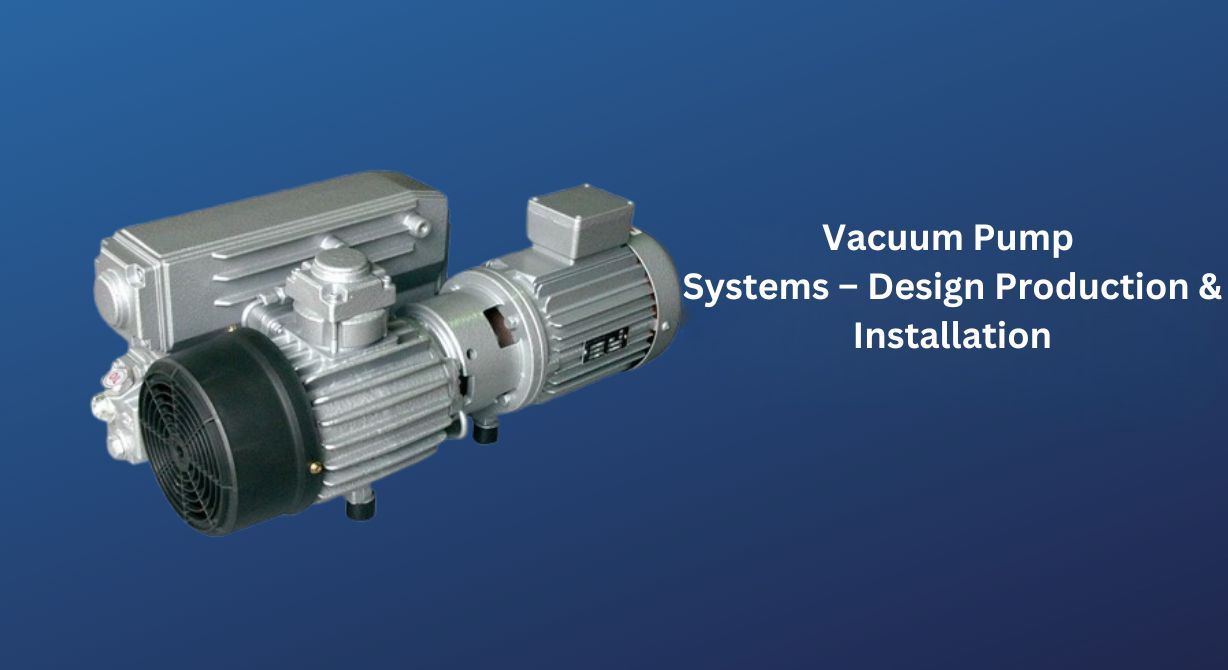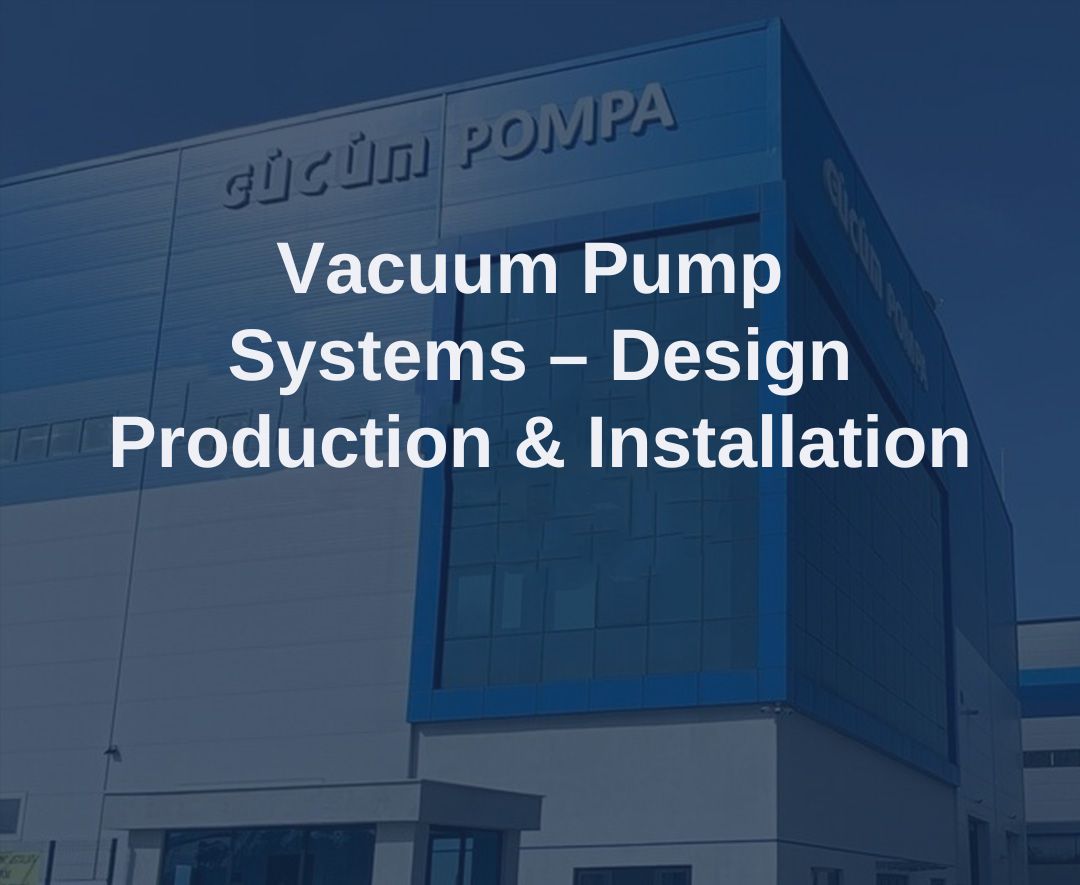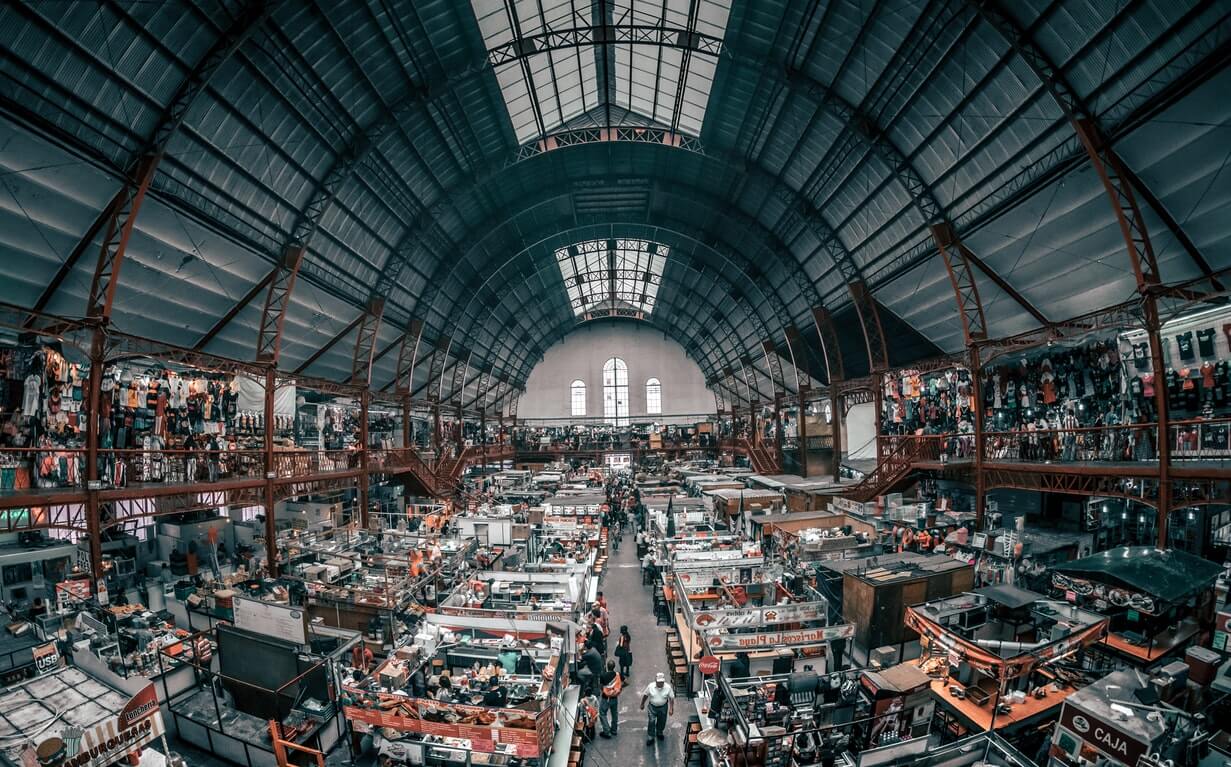Vacuum Pump Systems – Design, Production & Installation
Table of Contents
- Which Vacuum Pump Design Suits Your Business?
- What Factors Affect Vacuum System Manufacturing Costs?
- How Long Does Industrial Vacuum System Installation Take?
- What Should You Consider When Choosing a Vacuum Pump?
- Innovative Technologies Used in Vacuum Pump Manufacturing
- Features You Need to Know When Selecting a Vacuum System
Which Vacuum Pump Design Suits Your Business?
In industrial processes, vacuum pumps are critical for production efficiency and quality. However, every business has unique needs, and choosing the wrong design can reduce performance. So, how do you select the most suitable design for your business?
The first step is to identify business requirements. Sectors like food packaging, pharmaceutical production, or chemical processing require different vacuum levels and capacities. For example, rotary vane pumps are suitable for electronics manufacturing requiring high vacuum, while liquid ring pumps may be preferred for the food industry, which operates with lower vacuum levels.
Environmental conditions also play a significant role in design selection. In facilities handling chemicals, pumps made from corrosion-resistant materials are necessary. Dry vacuum pumps are ideal for cleanroom applications because they eliminate the risk of oil leakage and require low maintenance.
Energy efficiency is another key aspect of the right design. Modern designs with variable speed drives (VSD) optimize energy consumption and reduce operating costs. This feature provides long-term savings, especially for high-volume production facilities.
Finally, custom designs can be considered. Standard pumps may not always meet your needs. A design tailored to your business’s production volume, space constraints, or specific processes enhances efficiency and simplifies maintenance.
What Factors Affect Vacuum System Manufacturing Costs?
Vacuum system manufacturing is a significant investment for industrial businesses. However, costs vary based on several factors, and proper planning can help protect your budget. Here are the key factors affecting costs.
First, system design plays a major role. A standard vacuum pump is less expensive than a custom-designed system. However, precision sectors like pharmaceuticals or electronics may require custom designs. These systems, with features like high vacuum levels or corrosion-resistant materials, are more costly.
Material quality also directly impacts costs. Stainless steel or specially coated components provide durability in facilities handling chemicals but increase manufacturing costs. More affordable materials may offer short-term savings but can lead to higher maintenance expenses in the long run.
Energy efficiency is another important factor. Systems equipped with modern technologies like variable speed drives (VSD) may have higher initial costs. However, they reduce energy consumption, lowering operating costs and accelerating return on investment.
Finally, production scale and customization affect costs. High-capacity pumps are required for large-scale production facilities, increasing costs. Additionally, modular or custom-designed systems may lead to higher initial costs due to installation and integration processes.
How Long Does Industrial Vacuum System Installation Take?
Vacuum system installation is a critical step in supporting production processes in industrial businesses. However, installation time varies based on several factors. Here are the key elements influencing the process.
First, system design determines installation time. A standard vacuum pump unit can typically be installed within a few days. However, custom-designed systems for precision sectors like pharmaceuticals or semiconductors require more time. These systems, due to specialized connections and testing, may take up to a week.
Installation site is also a significant factor. Installation in a facility with suitable infrastructure is completed faster, while sites requiring preparation or modifications can extend the process. For example, in facilities with cleanroom requirements, additional sterilization steps may prolong the timeline.
Equipment scale also affects duration. A small-scale vacuum pump can be commissioned in a few hours, while high-capacity systems for large production facilities may take several days. Modular systems can shorten installation time, offering an advantage.
Finally, technical expertise and team experience play a critical role. An experienced installation team accelerates the process and reduces the risk of errors. However, customized systems requiring additional testing or calibration may extend the installation to several weeks.

What Should You Consider When Choosing a Vacuum Pump?
Choosing the right vacuum pump has a significant impact on your business’s production efficiency and costs. A wrong choice can lead to energy waste or failures. Here are the key points to consider.
First, clarify process requirements. Different sectors require different vacuum levels and capacities. For example, food packaging can operate with low vacuum, while semiconductor production requires high vacuum. The pump’s pressure range and flow capacity must match your business’s needs.
Environmental conditions are also a key factor. In facilities handling chemicals, corrosion-resistant pumps should be preferred. Dry pumps, which eliminate the risk of oil leakage, are ideal for cleanroom applications, though oil-lubricated pumps may offer higher vacuum performance.
Energy efficiency is critical for reducing long-term costs. Technologies like variable speed drives (VSD) optimize energy consumption. Energy-efficient models may have higher upfront costs but reduce operating expenses.
Finally, don’t overlook maintenance and durability. Pumps made from high-quality materials require less maintenance and are long-lasting. For example, systems with modular designs simplify maintenance and reduce downtime.
Innovative Technologies Used in Vacuum Pump Manufacturing
Vacuum pumps play a critical role in enhancing efficiency and quality in industrial processes. Today, innovative technologies used in manufacturing significantly improve these systems’ performance, durability, and energy efficiency. Here are the standout technologies.
First, variable speed drives (VSD) optimize vacuum pump energy consumption. This technology adjusts the pump’s speed based on process needs, preventing unnecessary energy use. In sectors like food packaging or pharmaceutical production, this feature delivers cost savings.
Dry vacuum technology is emerging as an alternative to oil-lubricated pumps. Dry pumps eliminate the risk of oil leakage, making them ideal for cleanroom applications. They also require less maintenance and reduce environmental impact, making them popular in precision sectors like semiconductor manufacturing.
Smart control systems enable remote monitoring and management of vacuum pumps. IoT-based systems provide real-time data analysis to detect potential failures early and optimize maintenance processes. This ensures uninterrupted production.
Finally, advanced material technologies enhance pump durability. Corrosion-resistant coatings and high-strength alloys extend pump lifespan in facilities handling chemicals. For example, specialized ceramic coatings reduce wear even in harsh conditions.
Made in Turkey


